The 2021 US EV Bubble
Executive Summary
- In June of 2021, there are multiple financial bubbles that require analysis in the US.

Introduction
This article covers 2021 EV bubble and will propose an investment strategy based upon this analysis.
Bubble #4: EV Bubble
There is a large EV bubble which is in a number of stocks. Tesla is one example, but there are a number of others. The bubble is based upon two primary factors.
- The massive overestimation of the revenue and profitability options for EV companies. This is driven by a combination of marketing and deep scientific ignorance about the reality of EVs and their prospects.
- The general stimulation by the Fed has promoted bubbles in many assets.
These stocks include the following — from least overvalued to more overvalued — stock price to sales ratio.
Company Stock Ticker Description EV/S
General Motors NYSE:GM Traditional car maker 0.9x
Volkswagen Volkswagen Traditional car maker 0.5x
Ford NYSE:F Traditional car maker 0.5x
Tesla NASDAQ:TSLA Electric Vehicles 29x
Nio NYSE:NIO China’s answer to Tesla 47x
Xpeng NYSE:XPEV Chinese EV manufacturer 73x
Plug Power NASDAQ:PLUG Makes Hydrogen Fuel Cells 100x
Lightning eMotors NYSE:GIK Produces electric fleet vehicles 122x
Lion Electric NYSE:NGA All-electric truck and bus manufacturer 169x
XL Fleet NYSE:XL Commercial Vehicle Electrification 259x
Arcimoto NASDAQ:FUV Makes ultra-efficient and affordable electric vehicles 285x
Romeo Power NYSE:RMO Large-scale EV Battery Tech 354x
Blink Charging NASDAQ:BLNK EV charging station network 381x
https://www.valuethemarkets.com/2021/02/02/tesla-is-not-the-priciest-ev-stock-out-there/
These are nose bleed valuations. Some of these valuations have already come down, and quite significantly.
While the traditional car makers have a reasonable EV/S, it’s clear the green energy plays are showing outlandish confidence levels. For some of these names, hype and speculation have driven their share prices skyward. They’ve been buoyed by the green energy wave brought in by the Biden administration and the global focus on ESG investing. – Value Markets
This decline is expressed in the following quotation.
Rise in Investors Due to Lockdown
Last year’s financial market was awash with liquidity due to the substantial rise in personal savings rates (due to reduced spending and increased fiscal stimulus). Even more, many individuals had extra time which encouraged some to pick up trading and investing as a hobby. There was record retail brokerage account growth, however many of these new traders do not know basic investing knowledge. This is demonstrated by FINRA’s study that showed new investors, on average, could only answer 1.4 out of 5 basic investment knowledge questions correctly.
Overall, today’s stock market is driven almost entirely by liquidity and popular sentiment. Exactly a year ago when lockdowns began, the U.S personal savings rate skyrocketed and government stimulus/QE efforts began. Since then, the savings rate has slowly reversed lower as has cash allocations in brokerage accounts. Investors have offset this decline in liquidity by substantially increasing margin debt (i.e., buying stocks with borrowed money). In my view, the has created significant systemic risk in the market that may be unprecedented in scale. A small sell-off could quickly become quite large as investors are forced to sell due to margin calls. Until now, there was still “cash on the sidelines” which could be used to support the market. However, the lack of cash combined with rising rates may catalyze a large crash in stocks.
https://seekingalpha.com/article/4410497-vgt-never-these-many-bearish-catalysts
Nikola
A good example of this is Nikola. Nikola has been shown to be a scam, and while its stock price decline, it continues to trade at a decent level.
General Motors was so taken with the idea that it took a $2 billion stake in the company, even though it essentially has no revenue and has not produced a single truck. His departure followed a report by the investment fund Hindenburg Research on Sept. 10 accusing him of making numerous false assertions about Nikola’s technology, including producing a video in which a truck was rolled down an incline to make it look as if the company had developed a working prototype.In its report, Hindenburg Research contended that the promotional video showing the moving 2017 prototype and Mr. Milton’s statements were part of “an ocean of lies.” It also accused Mr. Milton of claiming Nikola had proprietary technology when it sourced components from suppliers. Hindenburg has a track record of uncovering investment funds and companies whose numbers don’t add up. In some cases, the discoveries have led to resignations by senior executives or investigations by regulators.“It certainly seems like Nikola really inherently doesn’t have any technology of note,” he said. “They have a vision and have been going around setting up partnerships with companies that do have the technology and are trying to pull it all together.”
*https://www.nytimes.com/2020/09/21/business/nikola-trevor-milton-resigns.html
Unlike Nikola, Tesla develops extensive proprietary technology, which cuts many traditional automakers and suppliers out of its picture. The astronomical rise in Tesla’s valuation has pressured other auto companies, like General Motors, to unlock similar value from the ongoing EV wave. In August 2020, analysts from Deutsche Bank and Morgan Stanley pressed General Motors to spin off its electric vehicle business, stating that such a move dedicated to EV could be worth “up to $100 billion”. Economically, GM gets $2 billion in stock (an 11% stake) in Nikola for non-cash contributions such as engineering and validating a truck for Nikola, $700 million in expense reimbursements, supply contracts and 80% of the EV credits, along with a host of ‘outs’. GM can begin selling shares before a single truck rolls off the line. Essentially, it’s a free call option in a “sexy” EV story for General Motors. The real “value” for GM seems to be branding. We believe the legacy automaker simply seeks to latch General Motors’ storied name onto Nikola’s charismatic Founder and Executive Chairman, Trevor Milton. Trevor is perceived by many as a forward-thinking, fresh, visionary entrepreneur capable of rivaling Elon Musk’s allure. – Hindenburg Research
*https://hindenburgresearch.com/nikola/
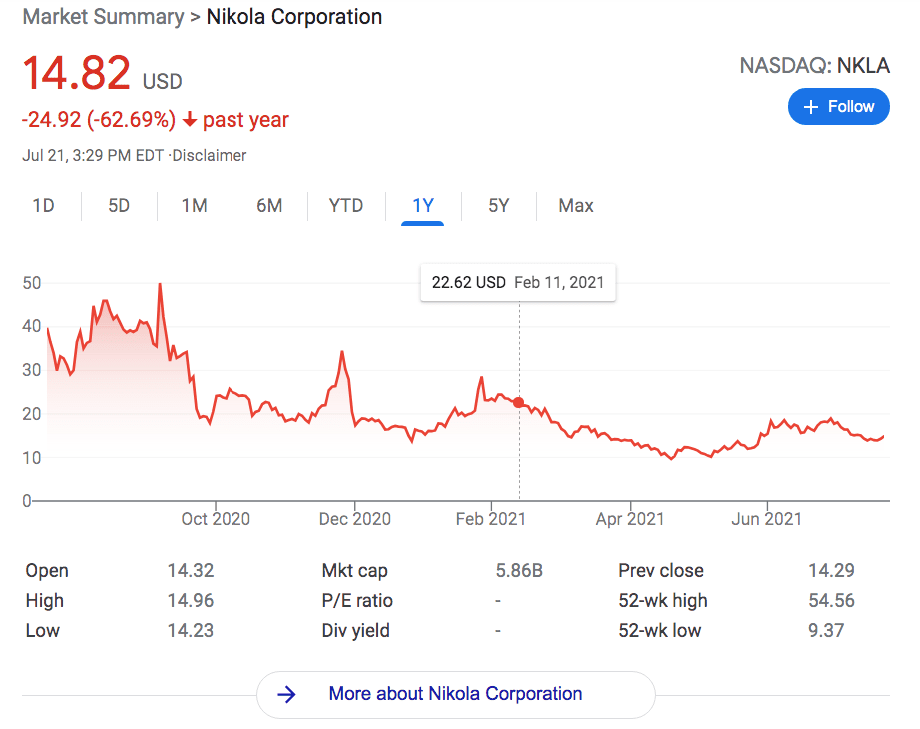
Blink
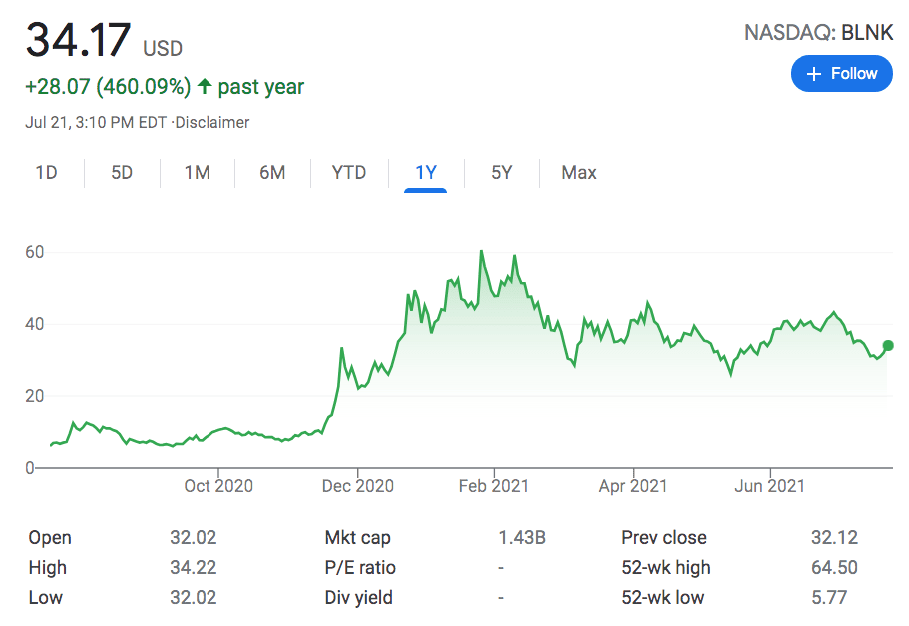
Lion Electric
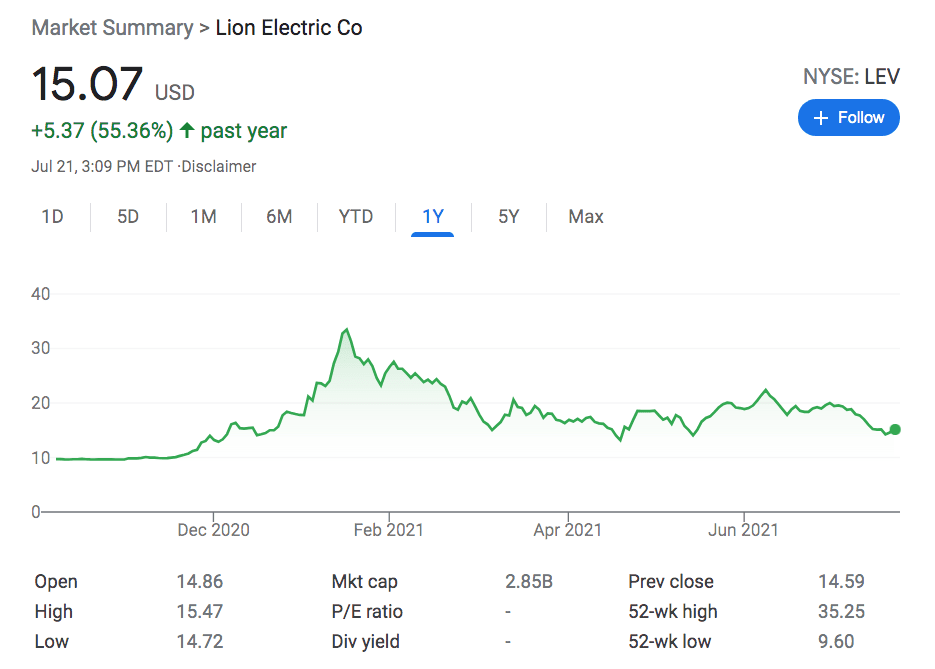
Romeo Power
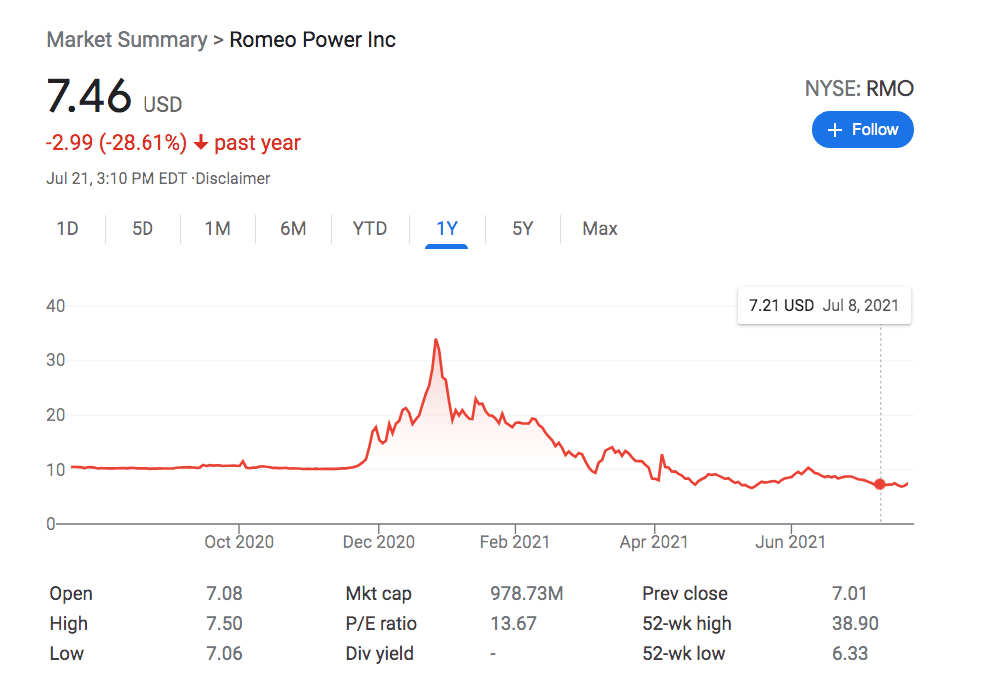
Plug Power
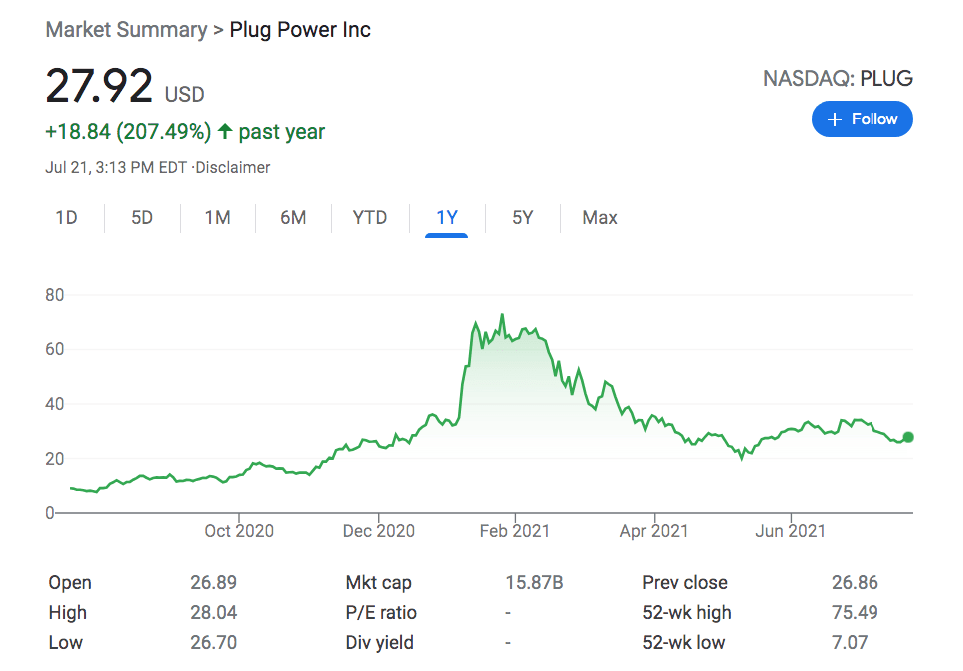
Lightning Emotors
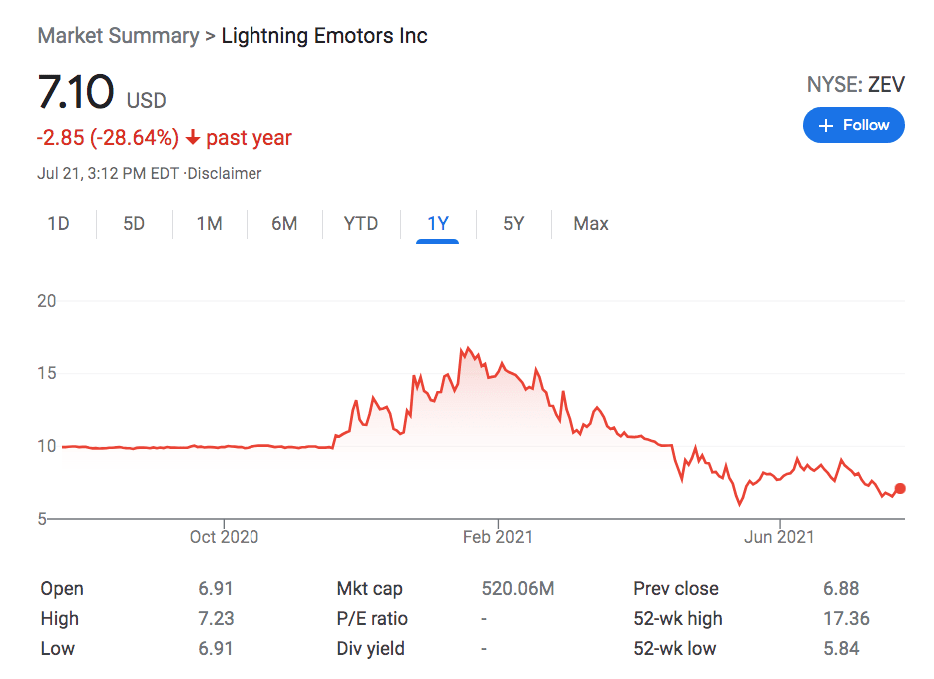
Acrimoto
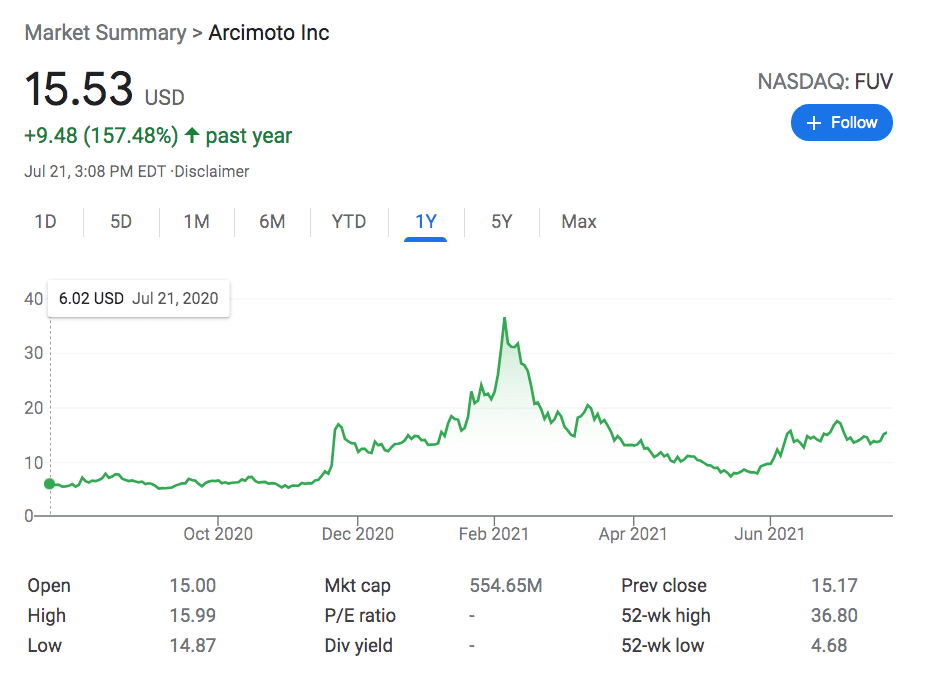
Lordstown
Lordstown is an electric vehicle SPAC with no revenue and no sellable product, which we believe has misled investors on both its demand and production capabilities.
The company has consistently pointed to its book of 100,000 pre-orders as proof of deep demand for its proposed EV truck. Our conversations with former employees, business partners and an extensive document review show that the company’s orders are largely fictitious and used as a prop to raise capital and confer legitimacy.For example, Lordstown recently announced a 14,000-truck deal from E Squared Energy, supposedly representing $735 million in sales. E Squared is based out of a small residential apartment in Texas that doesn’t operate a vehicle fleet.
Another 1,000-truck, $52.5 million order comes from a 2-person startup that operates out of a Regus virtual office with a mailing address at a UPS Store. We spoke with the owner who acknowledged it won’t actually order any vehicles, instead describing the “pre-order” as a mere marketing relationship.
Multiple former senior employees who have worked with Lordstown Founder & CEO Steve Burns openly described him as a “con man”, or a “PT Barnum” figure. One senior employee told us that, while working with Steve for a couple of years, they saw more questionable and unethical business practices than they had seen in their entire career.
Lordstown only went public in October 2020, but in that brief time, executives and directors have unloaded ~$28 million in stock. We think it bodes poorly when executives unload stock in a company with no actual product that claims to be on the cusp of mass-production.
In fact, just weeks ago, Lordstown CEO Steve Burns boasted to Yahoo Finance of having “pre-sold” 100,000 vehicles, representing over $5 billion in future revenue and a huge vote of confidence from a slew of top-tier fleet customers.
In November 2019, Lordstown inked a deal to buy an old GM plant with a $40 million loan from GM. – Hindenburg Research
*https://hindenburgresearch.com/lordstown/
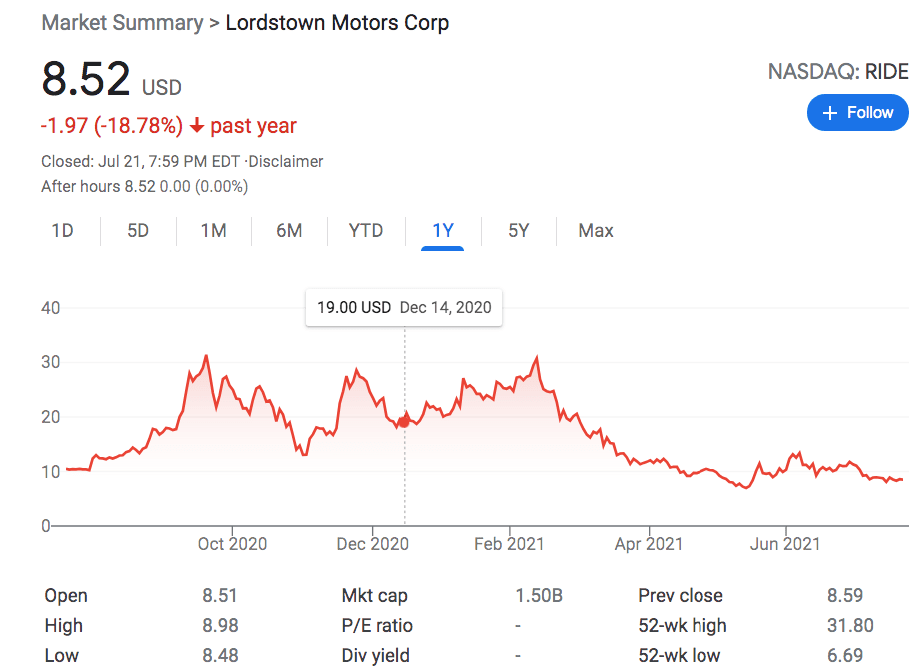
XL Fleet
Strategy: Short EV Stocks
TBD. – Horizons